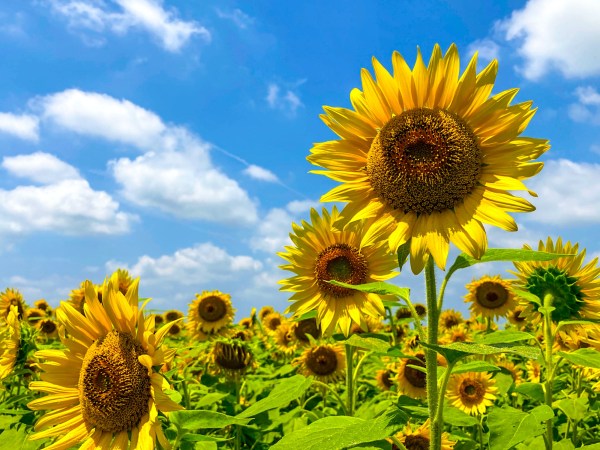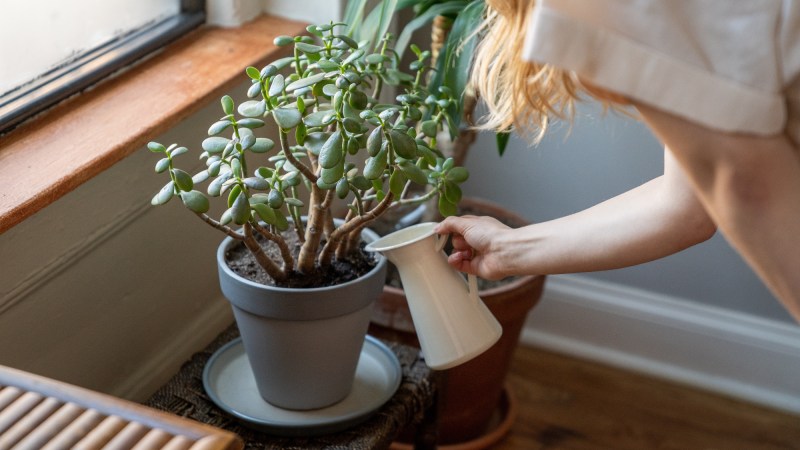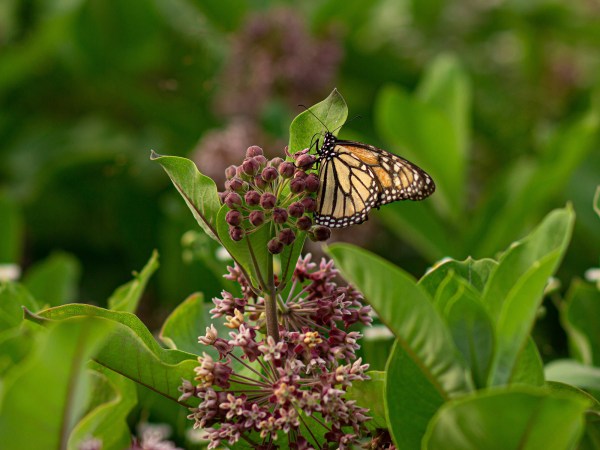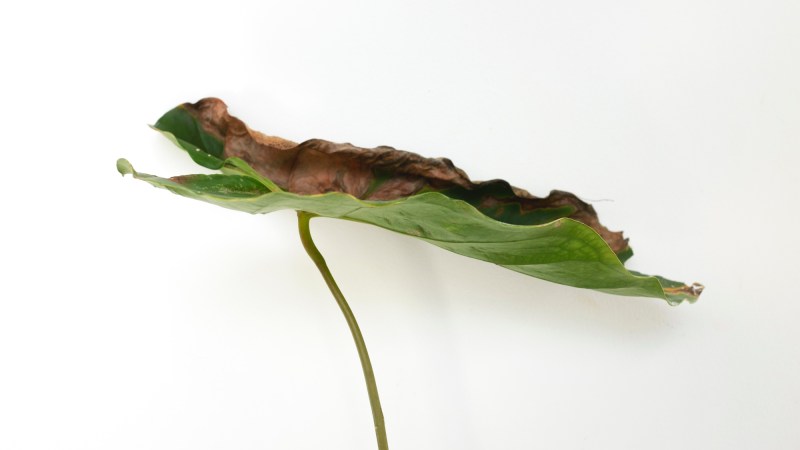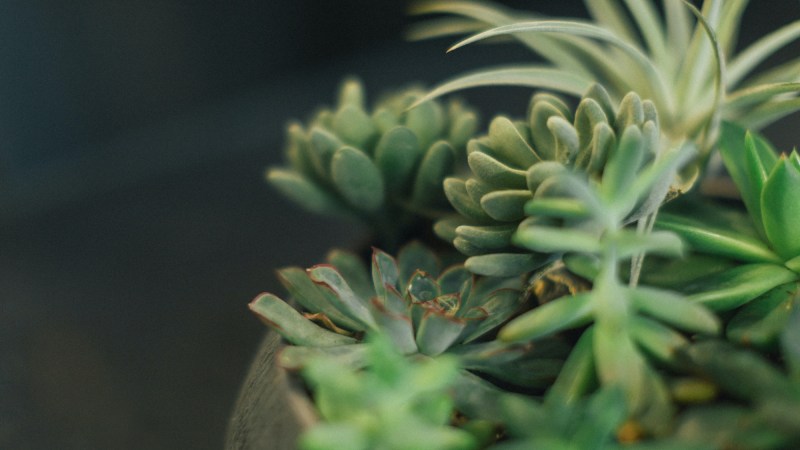

The Venus fly trap (Dionaea muscipula) captivates with its clever approach to survival, thriving in the coastal wetlands of North and South Carolina. This remarkable plant is not only known for its beautiful white blooms but also for its dramatic, insect-snaring capabilities. With leaves evolved into intricate traps, the Venus fly trap cleverly lures, captures, and digests unsuspecting insects, showcasing a fascinating, active mechanism not commonly seen in the plant kingdom.
If you’ve spotted these exotic plants at your local nursery and wondered if you could grow them at home, the answer is yes. However, taking care of them requires patience, but it’s well worth the effort.
| The Basics | |
| Common Name | Meadow Clams,Venus Flytrap,Venus Fly Trap |
| Botanical Name | Dionaea muscipula |
| Family | Droseraceae |
| Plant Type | Perennial |
| Mature Size | 6-12 inches tall, 6-9 inches wide |
| Sun Exposure | Direct |
| Soil type | Sandy, moss |
| Soil pH | Acidic |
| Hardiness Zones | USDA 7-10 |
| Native Area | Coastal wetlands of North and South Carolina |
Venus fly trap basic needs
Light
Venus fly traps require direct light (at least 6 hours per day) from a southern exposure. A sunny windowsill may be a perfect spot throughout the year if it provides the right quality and quantity of light. During the colder months, supplement with a horticultural LED light kept on the plant for 12 to 16 hours daily. Without the right light, it will deteriorate quickly.
In the summer, consider moving your plant outside to soak up even more rays, which is vital for its vigorous growth. However, as temperatures dip, remember to bring your fly trap indoors. This move is essential to shield it from the chilly weather, ensuring it stays healthy and ready for the next growing season.
Soil
To thrive, Venus fly traps require a specific soil composition that mimics their native, nutrient-poor habitats. This carnivorous plant does best in a mixture devoid of fertilizers and rich nutrients. The ideal soil blend is a simple yet effective combination of sphagnum peat moss and perlite or sand, maintaining a low pH (acidic) and high drainage capability. Ensuring the soil is consistently moist but not waterlogged is crucial, as Venus fly traps rely on their roots being in well-aerated yet damp conditions to support their unique feeding mechanism.
Water and Humidity
Venus fly traps are native to wet savannas and boggy regions, so they like a moist and humid environment. Keep the planting medium moist but not soggy by placing a pot with drainage holes and a shallow water dish (½ to 1 inch deep) beneath it. Water the plant by filling this dish, allowing the moisture to wick up to the roots. Maintain a 2-inch gap between the top of the soil and the water level to prevent root rot.
If you let the plant go dormant during winter, adjust the watering schedule accordingly. Use only distilled, rainwater, or reverse-osmosis water since tap water’s dissolved salts and minerals can harm the sensitive plant. When it comes to humidity, your Venus fly trap generally doesn’t require extra misting if it’s in a humid enough environment. However, if the indoor air, especially during winter, causes the water dish to dry out quickly, consider placing your plant in a terrarium with adjustable ventilation to manage humidity and avoid overheating in the summer.
Temperature
Venus fly traps should be kept in environments where daytime temperatures hover between 70°F and 95°F (21°C to 35°C). Nighttime temperatures should not drop below 40°F (5°C), as colder temperatures can stunt growth and damage the plant. While Venus fly traps can tolerate higher temperatures up to around 90-100°F (32-38°C) during summer peaks without harm, maintaining this optimal temperature range encourages healthy growth and effective prey capture, ensuring your fly trap flourishes in its simulated habitat.
Fertilizing
Venus fly traps are naturally adapted to thriving in nutrient-poor soil and have unique nutritional requirements. Applying fertilizers to these plants can be detrimental, as they have evolved to obtain the necessary nutrients through their carnivorous habits. Using fertilizers can significantly harm and eventually kill a Venus fly trap.
Potting a Venus fly trap
Planting in a container is not just about setting a trap for unsuspecting insects; it’s about recreating a mini ecosystem that supports the plant’s unique needs. Start with a suitable container that has adequate drainage holes to prevent waterlogging. Use a soil mixture designed explicitly for carnivorous plants; typically, a blend of sphagnum peat moss and perlite or sand works best, as it mimics the acidic, nutrient-poor conditions of their natural habitat.
When potting, gently tease the roots into the soil, ensuring not to bury the plant’s crown. Water the plant with distilled or rainwater, as tap water can be too harsh due to minerals and chemicals. Place the container in a location that receives several hours of direct sunlight daily, as these light-loving plants thrive under bright conditions.
Feeding Venus fly traps
Their feeding method is what makes Venus fly traps so fascinating. Each trap on the plant consists of two lobes with interlocking teeth at the edges. When an unsuspecting insect touches the sensitive hairs inside the trap, it snaps shut if they are triggered multiple times within a short period. This rapid response ensures that the plant only expends energy, closing the trap for viable prey. Once shut, the trap forms an airtight seal to digest its meal using enzymes, which can take several days.

If the plant is spending the summer outdoors, feeding them is unnecessary. However, feeding a Venus fly trap in captivity is an engaging experience. Still, it should be done sparingly to avoid exhausting the plant. Feed your fly trap small insects like flies or spiders every few weeks during the active growing season. Avoid overfeeding and ensure the insect is no larger than a third of the trap’s size to allow it to close properly. You can trigger the trap by gently touching the sensitive hairs with the prey using tweezers. After feeding, give the trap time to digest and reopen before offering another meal, ensuring it remains healthy and vigorous.
Seasonal care
Venus fly traps undergo a period of dormancy during the colder months, a natural and essential part of their life cycle to conserve energy. As winter approaches, it’s important to mimic their natural environment by adjusting your care routine. Gradually reduce watering to prevent root rot in the cooler temperatures and move your plant to a cooler spot in your home—this simulates the chilly, but not freezing, conditions of their native habitat. When spring arrives, increase watering gradually as the plant will require more moisture and relocate it to a warmer, sunlit area. This shift encourages the plant to break dormancy.
Propagation techniques
One of the simplest methods for propagating a venus fly trap is through division, which involves gently separating the rhizome during repotting. To propagate, use division in spring. Carefully separate offshoots from the parent plant, ensuring each section has a good root system. Pot these divisions in the same type of acidic, peat-free compost and keep them moist until they are well-established. This natural process allows the plant to form new growth points, essentially cloning itself.
Leaf cuttings provide another viable method for those with a bit more patience. Carefully detach a leaf from the main plant and plant it in suitable carnivorous soil, maintaining high humidity and moisture to encourage rooting.
Pests and plant diseases
While generally hardy, Venus fly traps are not exempt from the annoyances of pests and diseases. Common culprits include aphids, which can suck the sap and vitality from the plant, and fungus gnats, which thrive in the moist environments that Venus fly traps favor. Besides these insects, the plants are also vulnerable to fungal infections, particularly crown rot, which can occur if the soil is too wet.
Managing these issues involves ensuring proper soil drainage, which will help prevent many of these issues. However, if there is an issue with aphids, you can manually remove them with tweezers. You can use sticky traps to catch fungus gnats. If your plant is getting crown rot, you may need to employ appropriate fungicides. Maintaining a watchful eye and intervening early when signs of pests or diseases appear can help keep these carnivorous plants thriving.
Selecting and purchasing Venus fly traps
When selecting a Venus fly trap, choose one grown in peat-free compost. This choice supports sustainable gardening practices and contributes to conserving peat bogs, which are vital ecosystems. As you scout for your new carnivorous companion, take a moment to inspect the plant thoroughly. Look closely for signs of pests, such as aphids or fungus gnats, and check for physical damage or unhealthy traps. Ensuring the plant is in good health at the time of purchase can save you a lot of trouble and allow you to enjoy the spectacle of this fascinating species right from the start.
Popular cultivars
- ‘Cupped Trap’ features bright red-centered traps with a more rounded cup form
- ‘Dente’ features guard hairs that resemble sharks teeth, deep red traps, green petioles
- ‘King Henry’ has large, chartreuse to yellow traps with orange-red interiors, fast-growing
- ‘Red Dragon’ turns red when grown in full sun
Caring for a Venus fly trap is a rewarding experience that offers a glimpse into the interesting adaptations of carnivorous plants. By providing the right conditions and following proper care guidelines, your Venus fly trap will thrive, adding a touch of wild intrigue to your home or garden.




